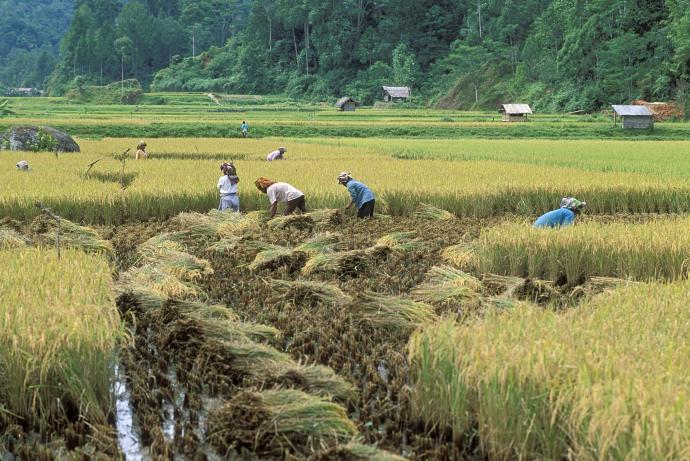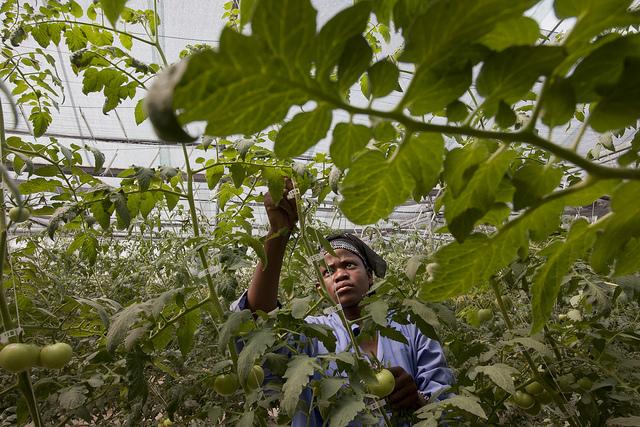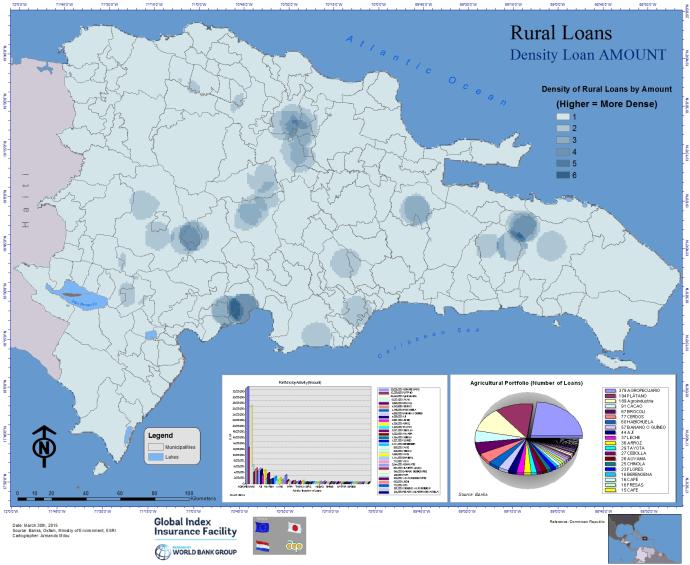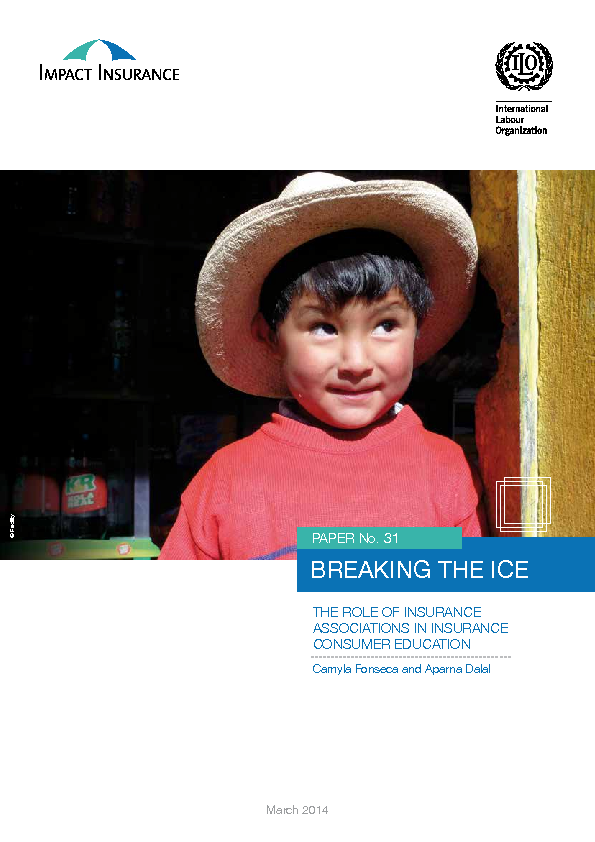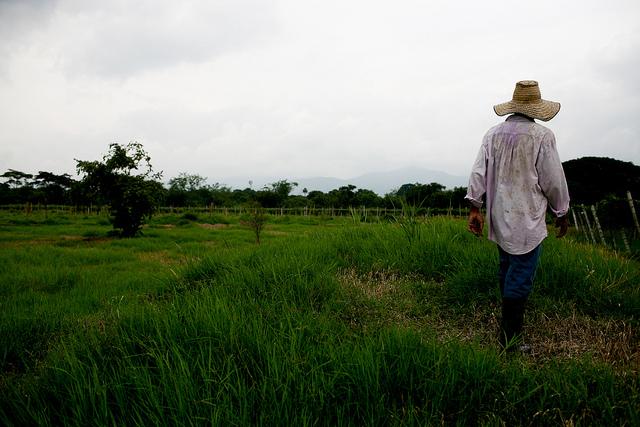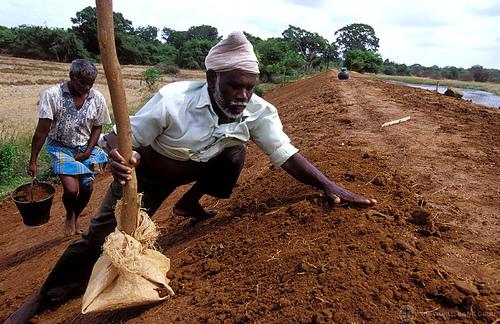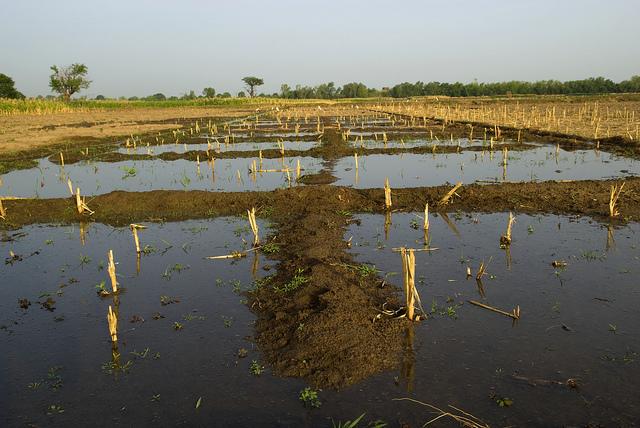19
Jan
This post was originally produced during the GIIF Conference held in Paris at the OECD Headquarters. The 6 key lessons learnt that emerge from the panel are as follows: Insurance needs to be part of a value add package that generates higher income for the farmers Governments play a key role in creating markets for agricultural insurance. Experiences in Peru, India and Senegal point to government interventions such as premium support, risk financing, and linkage to credit. There is a need to design and offer the right insurance product. Area Yield Index Insurance may offer an adequate...

